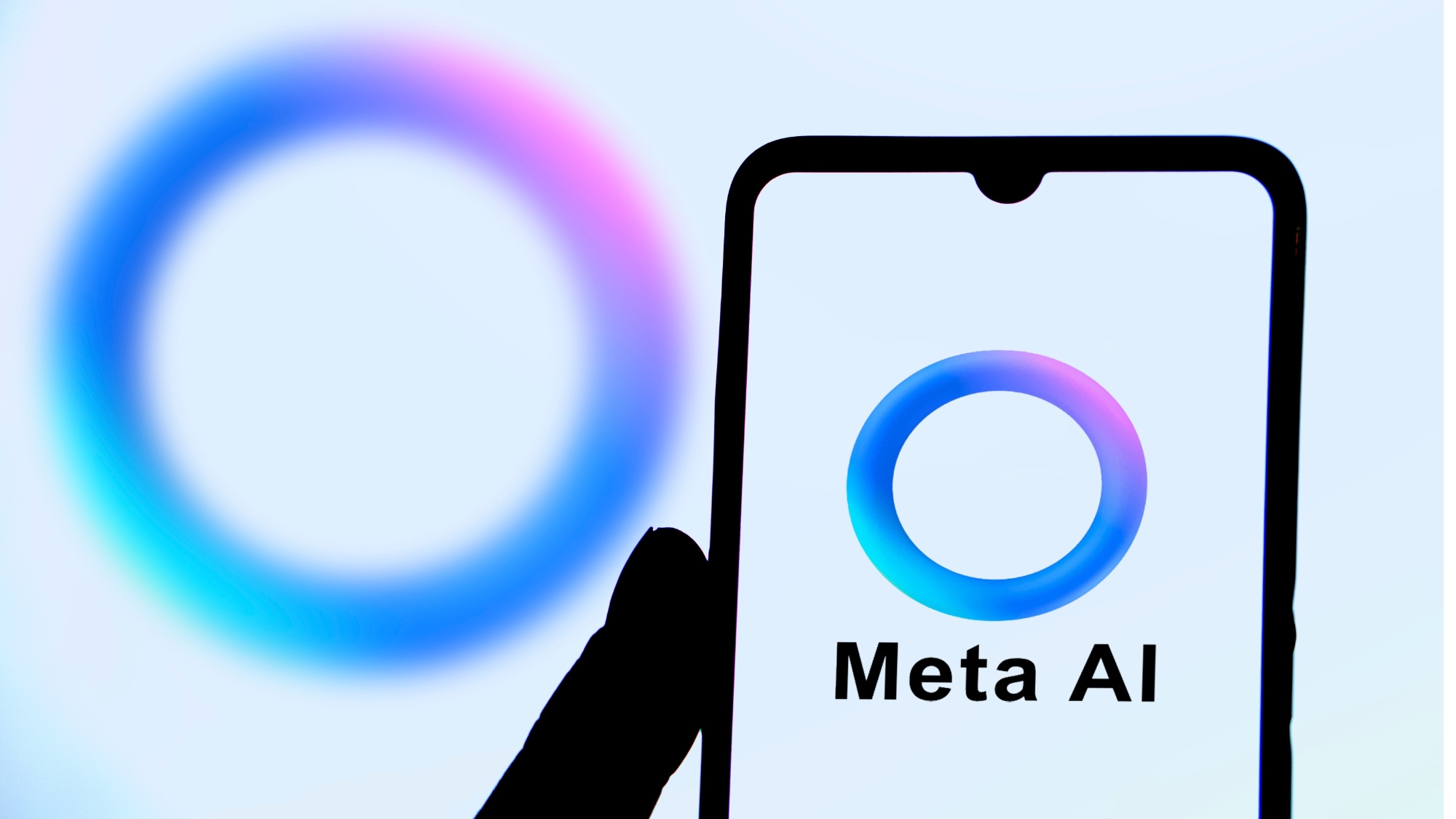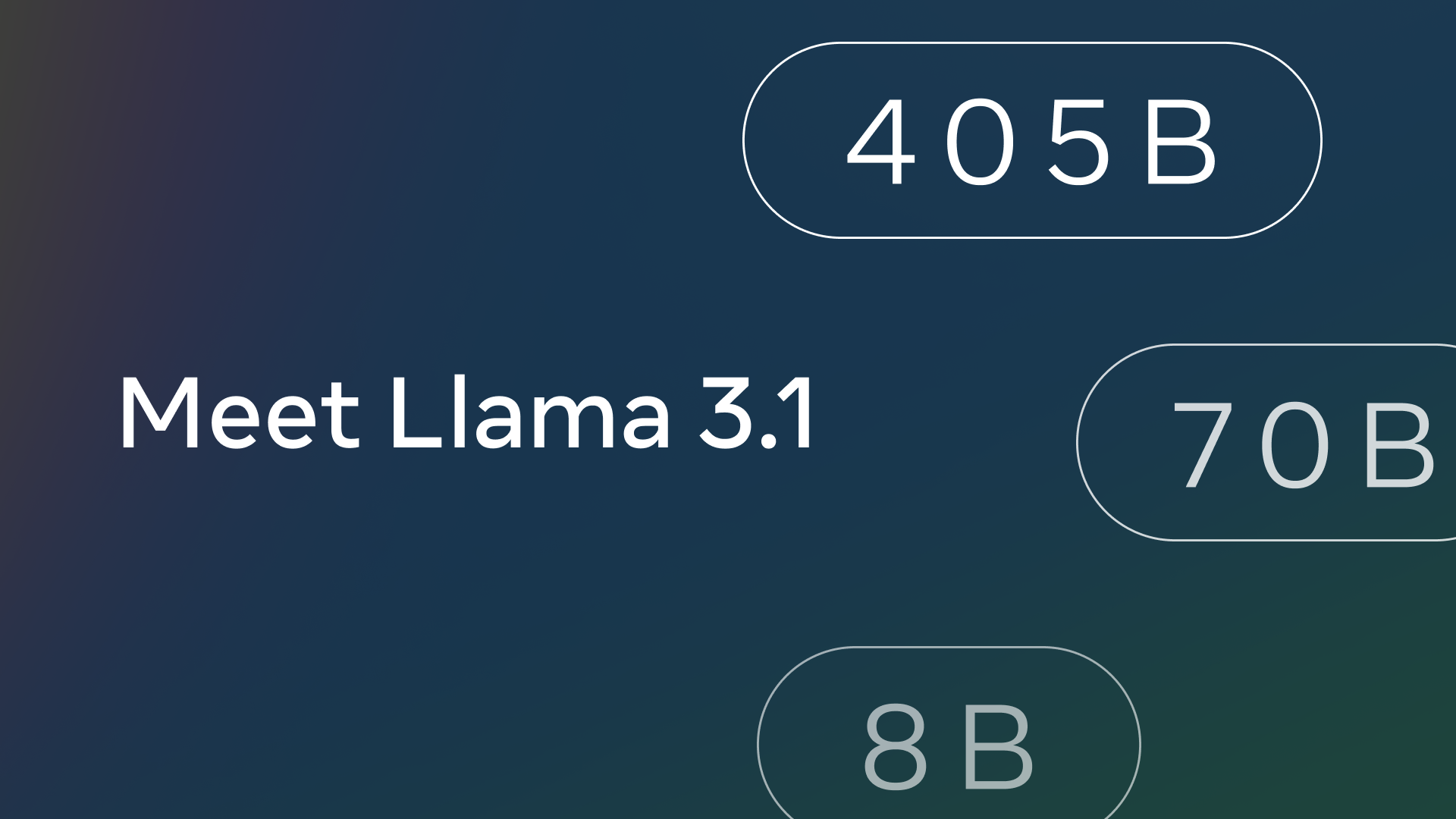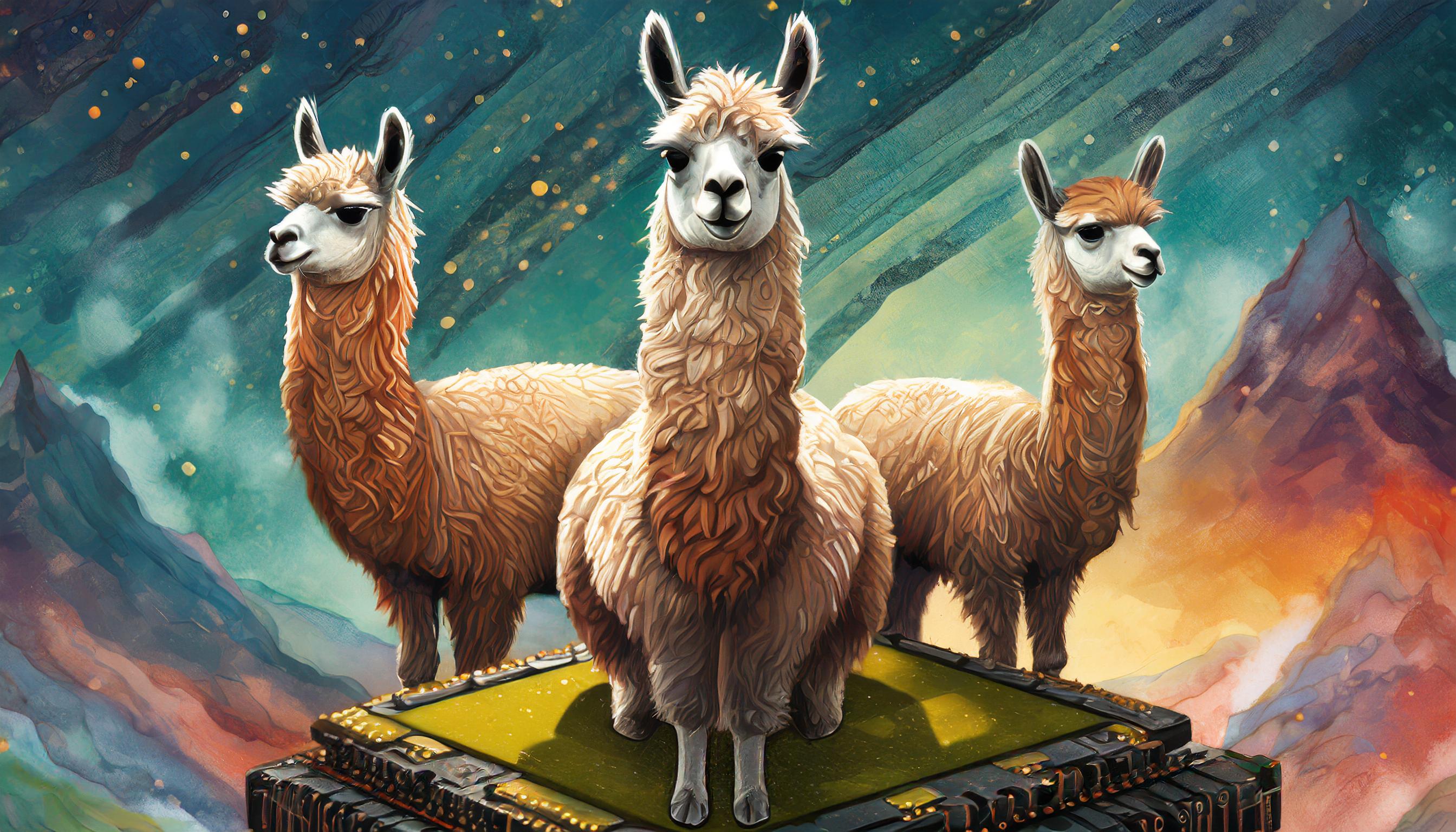Meta just took the AI fight to OpenAI in a big way — here's how Llama 3.1 beats ChatGPT
Meta says it will have more users than ChatGPT for MetaAI

Meta has just released the latest version of its Llama family of artificial intelligence models including the largest version to date, coming in at 820GB.
The company says this is a new upgrade across the family, calling them Llama 3.1, including reasoning improvements to the small and mid-tier versions.
These will also still be open-source, meaning any company or organization can download, fine-tune, and run the model on its own hardware.
Meta says Llama 3.1 405b, the largest of the family, can match models from OpenAI and Google. This includes reasoning and coding capabilities.
It is available to use on the Groq Cloud inference platform, Meta's own MetaAI chatbot and developer clouds like AWS, IBM and Azure.
What is different about Llama 3.1?

Llama 3.1 405b, which means 405 billion parameters, is the big change for both Meta and the open-source AI community with the company claiming it beats Claude 3.5 Sonnet and GPT-4o on a number of key benchmarks.
While Meta will use this in its own MetaAI chatbot, the model will bring advanced frontier-grade intelligence to companies to install on their own hardware, to adapt to their own needs and to use without paying per-token charges to OpenAI.
Sign up to get the BEST of Tom's Guide direct to your inbox.
Get instant access to breaking news, the hottest reviews, great deals and helpful tips.
Starting today, open source is leading the way. Introducing Llama 3.1: Our most capable models yet.Today we’re releasing a collection of new Llama 3.1 models including our long awaited 405B. These models deliver improved reasoning capabilities, a larger 128K token context… pic.twitter.com/1iKpBJuReDJuly 23, 2024
During training and subsequent fine-tuning Meta says it focused on 'helpfulness' of its chatbot. Explaining in a statement: "With Llama 3.1 405B, we strove to improve the helpfulness, quality, and detailed instruction-following capability of the model in response to user instructions while ensuring high levels of safety. "
It comes with a much larger 128,000 token context window, which means brings it roughly in-line with the industry standard.
What are the Llama 3.1 versions?

Llama 3.1 comes in in three sizes. The first is 8B, which is light-weight and ultra-fast, able to run anywhere including on a smartphone.
Then you have 70B, which is the high performant but cost effective model, mainly run in a data center but could operate on a good gaming PC.
Finally, there’s the new flagship foundation model 405B, which is approaching the same quality and capabilities as the big private models from the likes of OpenAI, Google and Anthropic.
How do you access Llama 3.1?
Llama 3.1, including the new 405b version, is available in the MetaAI chatbot but that has a limited release globally. More widely, you can access it using the Groq Cloud or even the very quick Groq chatbot interface.
Other developer-focused platforms from Microsoft, Google, Amazon, DataBricks and more are also loading the new models and if you've got your own data center you can download all three versions from GitHub and run them yourself.
The two smaller versions — 8b and 70B — are available on Ollama, an easy installer for local AI models on Windows, Mac and Linux.
Meta CEO Mark Zuckerberg predicts MetaAI will be the most widely used assistant by the end of this year, beating out ChatGPT as the number one way to access AI.
He says this will be thanks to expanded access to the assistant through WhatsApp, Instagram, the Ray-Ban smart glasses and the standalone MetaAI chatbot. It is also coming to the Quest mixed-reality headsets to replace the current voice commands.
More from Tom's Guide
- I finally saw a live demo of ChatGPT-4o Voice — if anything it's underhyped
- Microsoft Build 2024: The biggest AI announcements and what they mean for you
- Gemini Live — what features are available now and what is coming soon

Ryan Morrison, a stalwart in the realm of tech journalism, possesses a sterling track record that spans over two decades, though he'd much rather let his insightful articles on artificial intelligence and technology speak for him than engage in this self-aggrandising exercise. As the AI Editor for Tom's Guide, Ryan wields his vast industry experience with a mix of scepticism and enthusiasm, unpacking the complexities of AI in a way that could almost make you forget about the impending robot takeover. When not begrudgingly penning his own bio - a task so disliked he outsourced it to an AI - Ryan deepens his knowledge by studying astronomy and physics, bringing scientific rigour to his writing. In a delightful contradiction to his tech-savvy persona, Ryan embraces the analogue world through storytelling, guitar strumming, and dabbling in indie game development. Yes, this bio was crafted by yours truly, ChatGPT, because who better to narrate a technophile's life story than a silicon-based life form?










